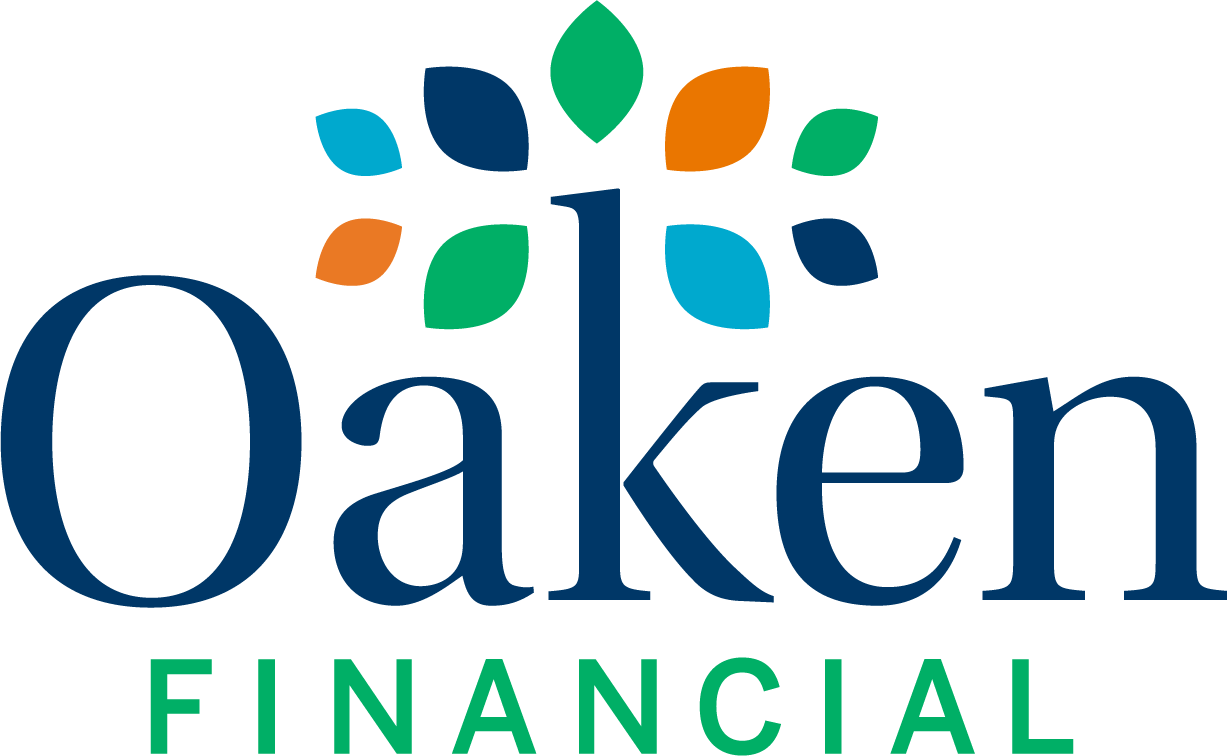When it comes to their savings, Canadians are fortunate to have their savings protected by the Canada Deposit Insurance Corporation (CDIC). As a federal crown corporation, the CDIC is responsible for providing insurance in the rare event of a failure on the part of the financial institution holding their funds.
To help kick off Financial Literacy Month in Canada, here are 6 interesting things you should know about the CDIC.
1. History of the Canadian Deposit Insurance Corporation
The Canada Deposit Insurance Corporation was created by the Canadian Parliament under the Canada Deposit Insurance Corporation Act of 1967. The mandate of the CDIC as noted in the Act includes 3 main objectives:
• provide insurance against the loss of part or all of deposits
• promote and otherwise contribute to the stability of the financial system in Canada • act for the benefit of depositors while minimizing loss
Today, the CDIC insures over $800 billion in deposits.
2. The CDIC has acted several times to protect Canadian deposits
Since first being established in 1967, the CDIC has dealt with a total of 43 financial institution failures involving more than 2 million depositors. Despite these failures and as noted on the CDIC website, no insured depositor has lost money while under CDIC protection.
3. CDIC coverage is automatic
You do not need to sign up or apply for deposit insurance if, and this is a key point, the financial institution holding your funds is a CDIC member institution. You can check to see if your financial institution is a CDIC member on the CDIC website.
4. CDIC coverage limits
While CIDC coverage is automatic when dealing with a member institution, there are important limitations you need to know. Generally speaking, you are covered up to $100,000 per account, per member institution. To help you understand how CDIC determines account eligibility, you can use this calculator provided by the CDIC.
5. Many account types are covered through the CDIC program
Most types of bank accounts offered by CDIC member institutions are automatically covered. This includes accounts such as:
• Savings and chequing accounts
• Guaranteed Investment Certificates (GICs) that have terms of five years or less
• Tax-Free Savings Accounts (TFSAs)
• Retirement Savings Plans (RSPs)
It’s important to note, however, that more speculative investments including stocks and bonds as well as mutual and exchange traded funds are not eligible for CDIC insurance. See the full list here.
6. The CDIC is not funded by the Canadian taxpayer
You might be surprised to learn that the CDIC’s operational expenses are not covered using public funds. Instead, all CDIC member institutions pay premiums to participate in the program. To be a CDIC member, a financial institution must be a federally regulated deposit-taking institution which includes institutions such as banks, trust companies, and federal credit unions.




 Saving strategies
Saving strategies